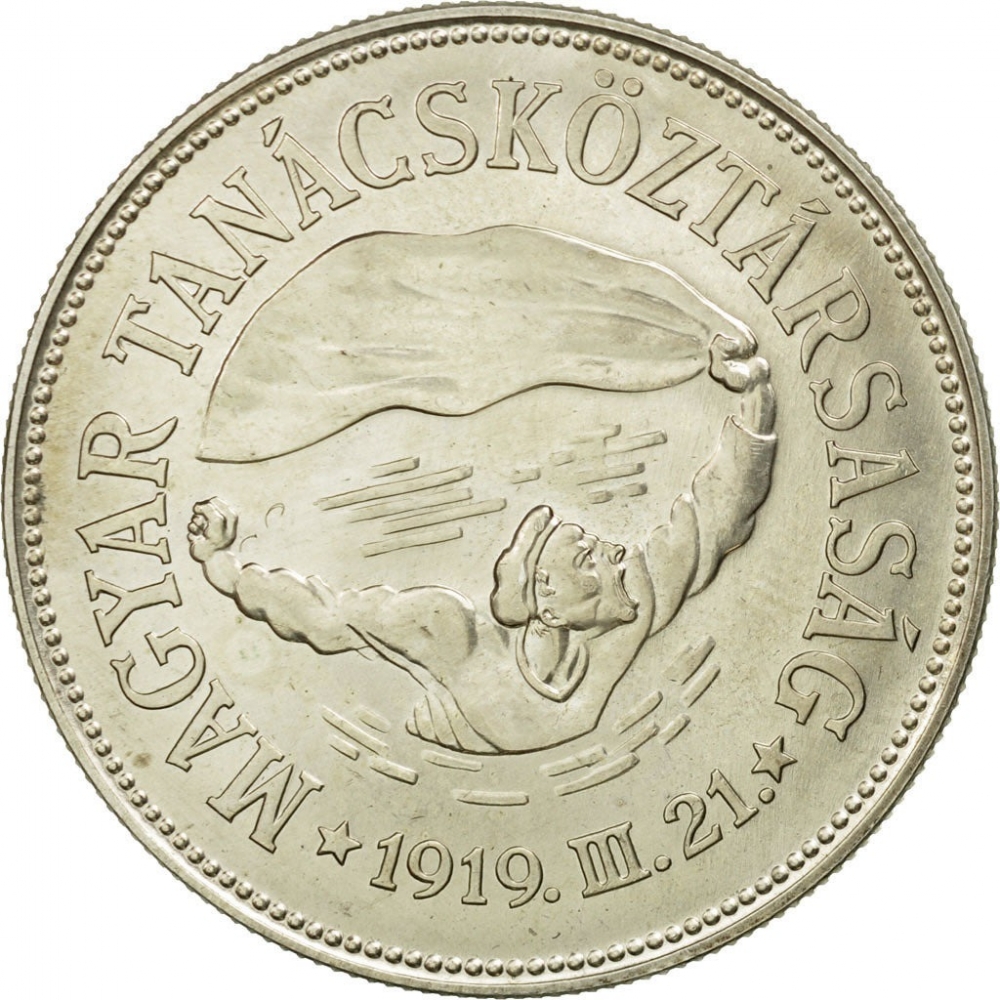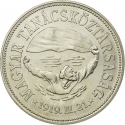You are about to finish your registration. Please check your mailbox (including spam folder). There should be a letter with a confirmation link. Check setting to make sure that your e-mail address is correct.
Send letter againDescription
A Council Republic, also known as a Soviet Republic, is a government where power is directly held by workers' councils. Though often associated with communism, it originated as a unique form of non-parliamentary governance in various historical democracies. The Hungarian Soviet Republic, established in Budapest on March 21, 1919, following the Russian Revolution, lasted until August 1, 1919, also known as the Hungarian People's Republic.
Triggered by an ultimatum from the Entente powers demanding Romanian administration extension to the Tisza River, the existing bourgeois democratic coalition government resigned on March 21, 1919. The dwindling Social Democrats joined forces with the Hungarian Communist Party, forming a new government and declaring the Soviet Republic, thus establishing proletarian rule.
Following the Russian model, they implemented workers' council management in factories, nationalized various sectors, and issued decrees on land socialization, leading to challenges in daily life and production. The Soviet Republic relied heavily on its military for unity, with the Red Army led by Aurél Stromfeld. However, political pressure led to the Red Army's withdrawal, causing demoralization and eventually the collapse of the republic on July 31, 1919, with Entente troops occupying Hungary.
Engraver: Dezső Kovács
Obverse

|
Depicts a worker brandishing a red flag in Róbert Berény's "To Arms!, To Arms!" poster, with the inscription "Hungarian People's Republic" above and the date below, marking the proclamation of the Hungarian Soviet Republic. Star motifs symmetrically adorn the sides of the date within a circular frame. MAGYAR TANÁCSKÖZTÁRSASÁG |
|---|---|
Reverse

|
Depicts the coat of arms of the Hungarian People's Republic above the denomination, the mintmark (BP) below, surrounded by the country name (Hungarian People's Republic) and two stars on each side encircling the issue year. MAGYAR NÉPKÖZTÁRSASÁG |
| Edge |



